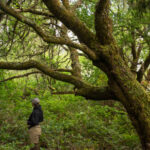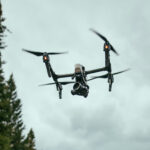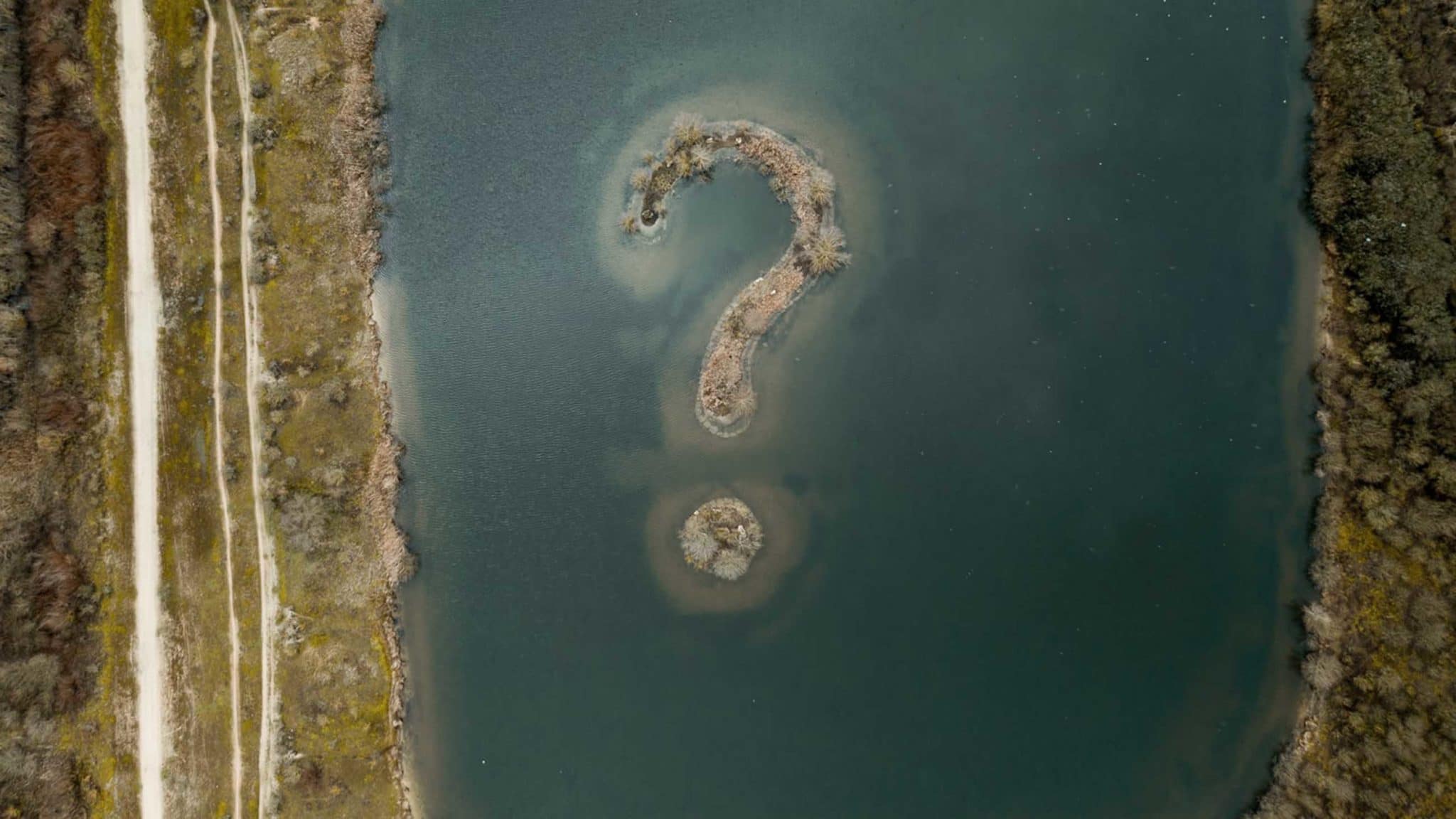As the novel coronavirus pandemic continues to spread, Undark readers have been sending us numerous questions, comments, and observations on the subject. In response, we’ve asked the Pulitzer Prize-winning science journalist (and Undark publisher) Deborah Blum to dedicate some time to researching answers to these questions — both as a reader service, and as another way for Undark to cast some light into the darkness of misinformation, rumor, fear, and conjecture now percolating through the information commons.
This is the second such Q&A. You can find the full series here.
If you have questions or comments of your own — or would like to see some other aspect of the Covid-19 crisis explored in a subsequent feature — please write to write us at: [email protected].
Reader questions and comments below have been edited for clarity and brevity.
Would inoculating everyone who is healthy and under 65 with a tiny dose of Covid-19 via an inhaler be a solution? I would rather trust my body to do its job fighting a tiny dose than to receive a random [and] possibly massive dose whilst out shopping for supplies, which may overwhelm my immune system.
If you consider this idea carefully, you are making the case here for one of the major public health successes of the 20th century: vaccination. Of course, even a tiny dose of naturally occurring virus would not be advisable. We don’t yet know how many viral particles are required to cause a Covid-19 infection, but scientists suspect that number is likely to be low. The vaccines used today, for infections ranging from measles to mumps, instead use a measure of weakened — or attenuated — viruses, too enfeebled to cause real infection but still recognizably dangerous enough to trigger our immune systems to respond by arming against future invasions.
The U.S. Centers for Disease Control and Prevention offers a good explainer here. Currently, dozens of vaccines against SARS-CoV-2 are being investigated, including some based on this traditional model and others testing a new approaches using viral genetic material. A number of these experimental vaccines are already being tested on human volunteers. The unanswered question is whether these new designs will produce an effective human immune response. We need to know that and we need to verify the safety of any vaccine, traditional or not, which is why none of these are likely to be ready before next year.
Hospitals use short-wavelength ultraviolet light, or UVC, in operating and patient rooms to kill bacteria, viruses, and mold. I am using a UVC lamp in a holder to wand over all incoming packages and groceries in the belief that this too kills any viruses. Why is this technology so seldom reported in the press?
We’ve been seeing more and more reports on UV-C sterilization since mid-March, from this story about disinfecting robots in China, to this one advising consumers on the merits of home sterilizers. Some of the best reporting also explores the risks of exposure to ultraviolet radiation and takes time to counter some myths, such as unverified claims that spending time outdoors on a sunny day will handily kill SARS-CoV-2. The UV radiation that reaches the planet’s surface via sunlight is not intense or consistent enough to do so reliably. Spending hours in the sun could just leave you with a nasty sunburn.
The ultraviolet radiation in sunlight is UVA and UVB, which are also the wavelengths that sunblock is designed to protect against. You are correct that shorter wavelength UV-C radiation — from a more intense region of the ultraviolet spectrum — is a rapid microbe killer. Research on its use as a sterilizer dates back to the 19th century. And studies of the effectiveness of this type of UV radiation on coronaviruses quickly followed the earlier SARS-CoV-1 outbreak. One such study, in 2006, found that UCV inactivated that virus in 40 minutes.
Please note, though, that UV-C radiation is lethal for a range of life forms, including us. That’s why hospitals and businesses that use it for sterilization do so only when rooms or buildings are empty. While it can take hours to get a sunburn from other UV radiation, UV-C can damage the skin in seconds. With constant exposure, “you would literally be frying people,” says one industry representative. So the final point is a simple one: Approach with caution.
I am a person diagnosed with lupus. I went to Walgreens to purchase my medication for the disease and the pharmacist informed me there was none. So what are people who need this medication to do?
Yes — and I’m so sorry — this is now a national, even global problem, after French scientists promoted what is likely your drug, hydroxychloroquine, as a treatment for Covid-19 and U.S. President Donald J. Trump doubled down on that idea in a news briefing. On Monday, the FDA authorized its use as an experimental treatment for the disease, surprising some experts. As a result, the news has been flooded with stories of lupus drug shortages, and reports of doctors writing themselves and their families just-in-case prescriptions.
Both states and patient advocates are starting to aggressively push back on such actions. The Lupus Foundation of America and the Arthritis Foundation have written to state pharmacy boards across the country, asking them to streamline patient access to the medication, and to put in place rules against medical hoarding of the drugs. State pharmacy boards, from Idaho to North Carolina, are already responding to the crisis. Meanwhile, experts say there should be some relief in the fact that hydroxychloroquine has a half-life of 40 days in the body, suggesting that even during minor disruptions in access, your last dose will continue working for you.
Indeed, in a video posted on Facebook, doctors from the Lupus Foundation repeated this reassuring time frame, saying people could go up to a month between doses if necessary.
Do you think there could be a connection between the current total control of citizenry worldwide via Covid-19 and an imminent polar shift and possible Yellowstone Park volcanic eruption?
This is either a clever bit of frivolity for our troubled times, or evidence of an excessively worried mind. Given the stakes, though, I’ll assume the latter and first provide the short answer: “No. And no. And no.”
That said, you deserve a longer answer because it’s important to consider the damage that such conspiracy theories can do when society is working overtime to battle a pandemic. There are, of course, legitimate questions to be asked about state power and the way government actions in the crisis may undermine civil rights.
Still, despite the fact that whispers of martial law began showing up in mid-March, there is no evidence that this is actually happening. Indeed, the rumors were promptly described as fake by both the National Security Council and high-profile members of the Republican Party — all of them worried that people would use these and similar conspiracy theories as rationale for avoiding commonsense protective actions against the virus. For that reason, you’ll find the same debunking response on the website of the Federal Emergency Management Agency; it’s called “Coronavirus Rumor Control.” There are other improbable rumors circulating, some falsely implicating the new 5G networks, others playing into political divisiveness. These include the stubborn and erroneous belief that SARS-CoV-2 originated as a biowarfare agent, even though numerous genetic studies have proved otherwise.
While American conspiracists have speculated about China’s role in the infection, the Chinese have in turn suggested the U.S. might be to blame. None of this fosters the sort of cooperation between government agencies — both domestically and internationally — that will be required to bring the viral spread under control. And all of us can do our part here by debunking such mythology and by vetting our information.
If it’s helpful, Undark includes a list of credible sources in its weekly Abstracts.
That’s it for this installment, but if questions or observations occur to you as this pandemic moves forward, don’t hesitate to contact us. We’ll do our best to include your input or otherwise provide you with realistic answers — and we can promise you they’ll be well researched ones. Please email us at [email protected].












Comments are automatically closed one year after article publication. Archived comments are below.
“…. but still recognizably dangerous enough to trigger our immune systems to respond by arming against future invasions.” It does not appear that this is the correct explanation of vaccination. Placebo vaccines can also cure diseases. Vaccines also do not work all the time. There are many examples where vaccinated people got the disease and died. Therefore medicine effect is nothing more than placebo effect.
Placebo effect shows that mind is the root cause of all problems and all solutions. Our body is completely under the control of mind and not the other way round. There were many experiments performed by US scientists during early 1970s on a yogi from India which proved the above theory of mind-body connection. Take a look at the book on Beyond Biofeedback. It is time now again, to look at the fundamentals, before lot more people get killed by COVID-19.
In terms of vaccines for Covid-19 or any disease, bear in mind that vaccination is a completely artificial process, not found in nature, where a cocktail of disease, synthetic chemicals and animal, human and bird material are injected into the body, bypassing the first lines of immune response, for quick uptake by the bloodstream.
Breathing in a load of Coronavirus is something for which your body is prepared. Having it injected as part of a cocktail is not.